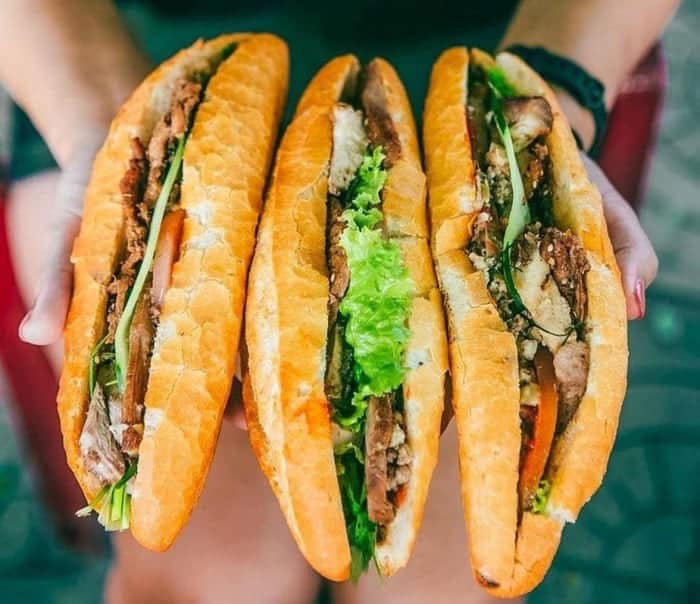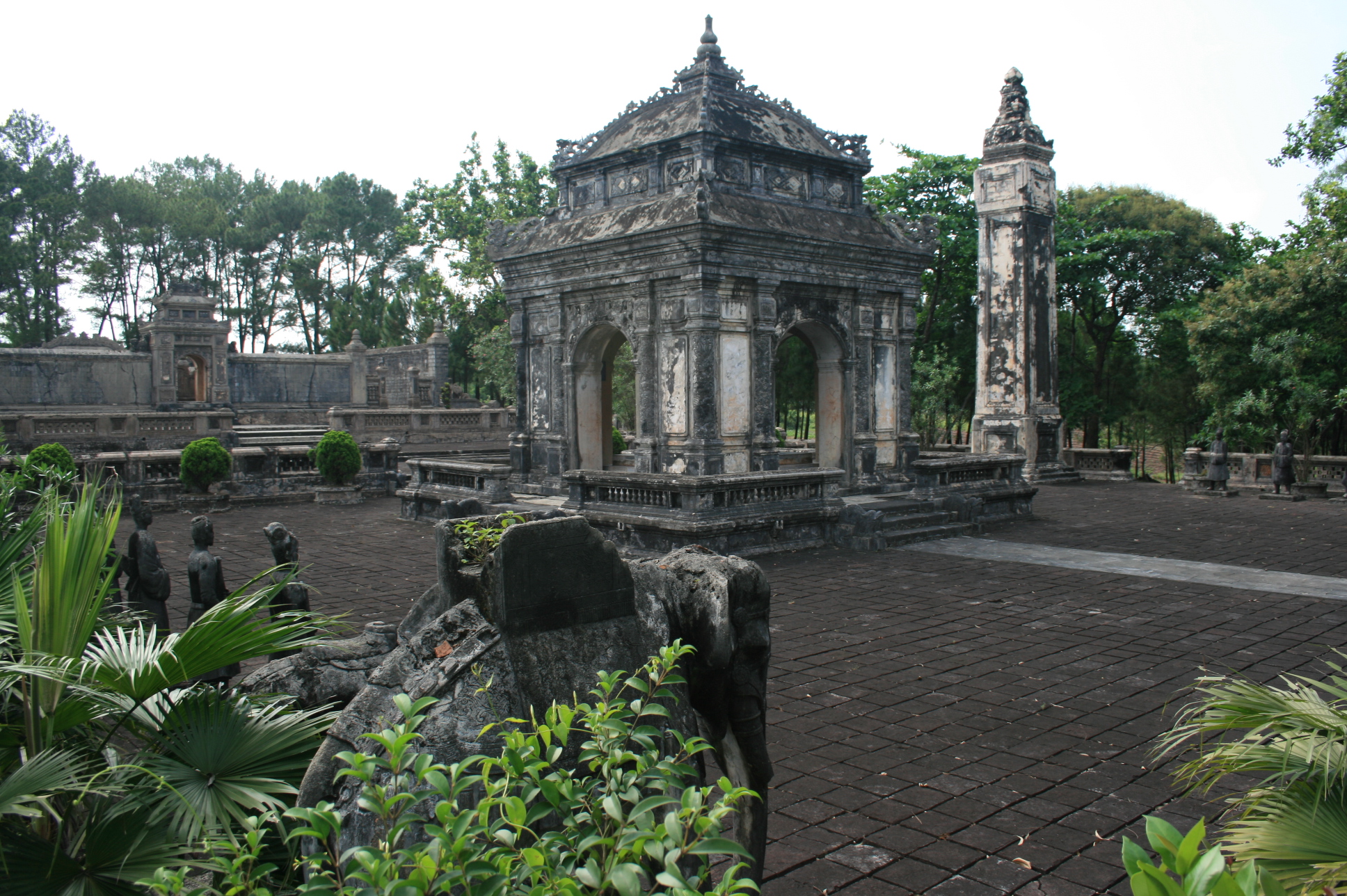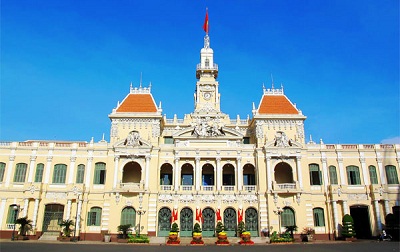- Vietnam Culture
- Vietnam – a perfect country
- The tranquil beauty of Pho
- Geology Museum on Ha Long
- Ha Noi gets the best
- Len Dong: an ancient shaman
- 100 Essential Vietnamese Words for
- Vietnamese Writing
- Vietnamese Langguage
- OX racing festival
- Vietnam National Day
- Vietnam New Year – The
- Perfume Pagoda festival
- Mid-Autumn Festival in Vietnam
- Hung king festival
- Vietnamese Ca tru
- Vietnamese Kites — History and
- Vietnamese Lanterns — What They
- Vietnamese Embroidery
- Vietnam is a culturally diverse
Religions in Vietnam
Vietnam is a land of diverse religious beliefs and practices, reflecting its rich cultural heritage and history. The country’s religious landscape is a blend of indigenous traditions, Eastern philosophies, and foreign influences, creating a unique spiritual tapestry. From ancient worship of natural forces to the global religions practiced today, Vietnam’s religious traditions offer a fascinating glimpse into the spiritual life of its people.
1. Indigenous Religions and Ancestor Worship
At the heart of Vietnamese spirituality is ancestor worship, a deeply ingrained tradition that predates the arrival of organized religions. Rooted in the belief that the spirits of deceased family members continue to influence the living, ancestor worship is practiced through rituals, offerings, and the maintenance of family altars. It is seen as a way to honor one’s heritage and maintain family unity.
Vietnamese folk religion also includes the worship of various natural spirits (mountains, rivers, and forests) and deities, such as the Mother Goddess (Đạo Mẫu) system. The Đạo Mẫu tradition venerates goddesses associated with nature and prosperity, emphasizing the role of women in spiritual life.
2. Buddhism
Buddhism is the most prominent religion in Vietnam, introduced by Indian and Chinese missionaries as early as the 2nd century CE. It gained widespread acceptance during the Ly and Tran dynasties (11th–14th centuries) and became a cornerstone of Vietnamese culture and philosophy.
- Mahayana Buddhism, which emphasizes compassion and the veneration of Bodhisattvas, is the dominant form practiced in Vietnam.
- Theravada Buddhism, primarily observed by ethnic Khmer communities in the southern regions, focuses on the teachings of the historical Buddha.
Buddhist pagodas are scattered throughout the country, serving as places of worship, meditation, and community gatherings.
3. Confucianism and Taoism
Confucianism and Taoism were introduced to Vietnam through Chinese influence during the centuries of Chinese domination (111 BCE–938 CE). While not formal religions, they have deeply influenced Vietnamese culture, ethics, and governance.
- Confucianism emphasizes filial piety, social harmony, and the moral duty of individuals, shaping Vietnam’s traditional family structure and education system.
- Taoism contributes to Vietnam’s spiritual practices, emphasizing harmony with nature and the balance of yin and yang. Many Vietnamese folk rituals, including geomancy and astrology, have Taoist roots.
4. Christianity
Christianity arrived in Vietnam in the 16th century with Portuguese and French missionaries. It grew significantly during the French colonial period (1858–1954).
- Roman Catholicism is the largest Christian denomination in Vietnam, with millions of adherents and prominent churches like the Notre-Dame Cathedral in Ho Chi Minh City.
- Protestantism was introduced in the early 20th century and is more prevalent among ethnic minority groups in the Central Highlands.
While Christianity is a minority religion in Vietnam, it has made notable contributions to education and social services.
5. Islam
Islam is practiced primarily by the Cham ethnic minority, who are descendants of the ancient Champa Kingdom. The Cham community follows Sunni Islam, and mosques can be found in provinces such as Ninh Thuan, Binh Thuan, and An Giang. Although small in number, the Cham Muslim community plays an important role in Vietnam’s cultural diversity.
6. Caodaism (Đạo Cao Đài)
Caodaism is a uniquely Vietnamese syncretic religion founded in the 1920s in Tay Ninh Province. It blends elements of Buddhism, Taoism, Confucianism, Christianity, and Islam, aiming to create harmony among the world’s faiths. The Holy See of Caodaism in Tay Ninh is a colorful and iconic site, attracting both followers and visitors.
7. Hoa Hao Buddhism
Hoa Hao Buddhism, founded in southern Vietnam in 1939, is a reformist sect of Buddhism that emphasizes simplicity, self-reliance, and rural values. It has a strong following in the Mekong Delta and is known for its charitable activities and community-oriented approach.
8. A Secular Yet Spiritual Society
While Vietnam is officially a secular state, religious freedom is enshrined in its constitution. Most Vietnamese people do not adhere exclusively to a single religion; instead, they blend elements of various traditions, including folk beliefs, Buddhism, and Confucian practices, in their daily lives. This flexibility reflects the inclusive and pragmatic nature of Vietnamese spirituality.
Conclusion
The religious diversity in Vietnam is a testament to the country’s rich cultural heritage and openness to various spiritual traditions. From ancient ancestor worship to the coexistence of Buddhism, Christianity, Islam, and uniquely Vietnamese faiths like Caodaism, Vietnam’s religious practices offer a harmonious blend of the old and the new. This spiritual mosaic not only enriches the cultural fabric of the nation but also provides a window into the values and beliefs of its people.














